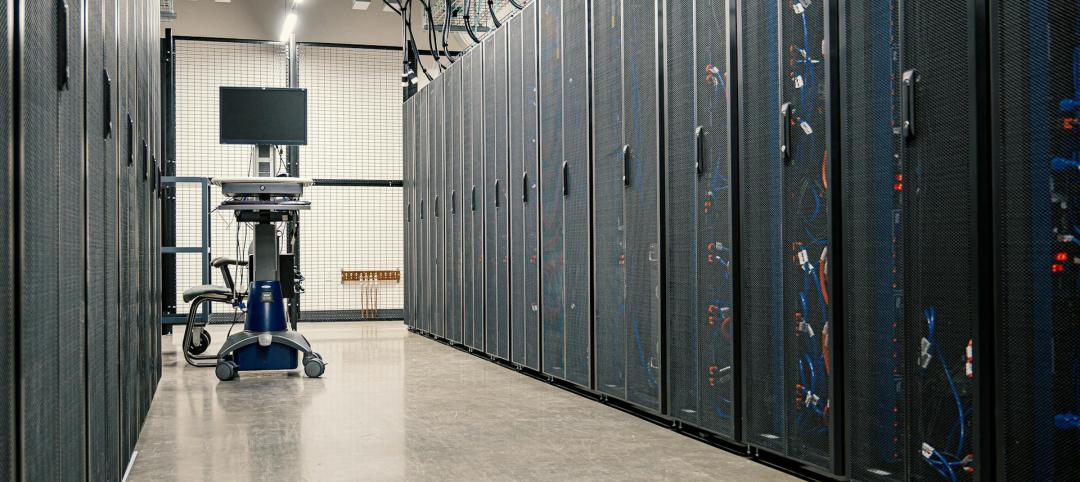ATLANTA – ASHRAE and the Indoor Air Quality Association (IAQA) have agreed in principle to join forces, combining resources to improve indoor air quality in the built environment.
Pending a three to six month period of due diligence, IAQA will become a part of the ASHRAE organization while maintaining its own brand and Board of Directors. IAQA will operate independently within ASHRAE’s organizational structure. Plans call for IAQA headquarters to relocate from Rockville, Md., to Atlanta, Ga., home of ASHRAE’s international headquarters. The agreement was reached between the leadership of both associations and confirmed at ASHRAE’s 2014 Annual Conference that concluded earlier this month in Seattle, Wash.
“This merger is beneficial to both ASHRAE and IAQA in that it strengthens the programs and services of both organizations,” Tom Phoenix, ASHRAE president, said. “The work of IAQA complements the work of ASHRAE in its standards, research, publications and educational offerings. We now combine our resources to ensure the industry receives the best indoor air quality technical guidance and educational programs possible, which means improved indoor air quality for the world around us.”
Among ASHRAE’s major indoor air quality offerings are Standard 62.1, Ventilation for Acceptable Indoor Air Quality, and Standard 62.2, Ventilation and Acceptable Indoor Air Quality in Low-Rise Residential Buildings, and publications such as the Indoor Air Quality Guide: Best Practices for Design, Construction and Commissioning. ASHRAE also recently announced the formation of the Indoor Environmental Quality Global Alliance, which included IAQA as a charter member. ASHRAE also has a strong research program related to indoor air quality with 10 current projects totaling $2.8 million, representing 23 percent of ASHRAE’s research budget.
“This merger allows IAQA to maintain its own brand while also providing its members with enhanced benefits and services,” Kent Rawhouser, president of IAQA, said. “Our strong history of programs and products is expected to not only continue, but to grow as the merger allows us to take advantage of the resources and programs overseen by ASHRAE. Members of IAQA and ASHRAE will work collaboratively to strengthen indoor air quality programs for the industry, and most importantly, for the people who occupy homes and buildings around the world.”
IAQA provides continuing education, conferences and expositions, certification programs, monthly webinars, technical publications and funds indoor air quality related research. IAQA subsidiary, Indoor Environmental Standards Organization (IESO), is an American National Standards Institute (ANSI) accredited standards developing organization focused on indoor air quality assessment, remediation and management of indoor environments.
ASHRAE and IAQA programs will be aligned to create high-impact resources for building professionals around the globe.
“Indoor air quality is vitally important to the health and welfare of people worldwide,” Phoenix said. “Air quality systems must work harmoniously with other systems in homes and buildings to ensure a healthy and sustainable built environment.”
The Indoor Air Quality Association (IAQA) is a nonprofit organization dedicated to bringing practitioners together to prevent and solve indoor environmental problems for the benefit of customers and the public. IAQA was established in 1995 and is the nation’s largest indoor air quality trade association with over 2,600 members and more than 20 local chapters across the United States and Canada. More information is available atwww.iaqa.org/news and at www.ieso.org.
ASHRAE, founded in 1894, is a global society advancing human well-being through sustainable technology for the built environment. The Society and its more than 50,000 members worldwide focus on building systems, energy efficiency, indoor air quality, refrigeration and sustainability. Through research, standards writing, publishing, certification and continuing education, ASHRAE shapes tomorrow’s built environment today. More information can be found at www.ashrae.org/news.
Related Stories
Curtain Wall | Aug 15, 2024
7 steps to investigating curtain wall leaks
It is common for significant curtain wall leakage to involve multiple variables. Therefore, a comprehensive multi-faceted investigation is required to determine the origin of leakage, according to building enclosure consultants Richard Aeck and John A. Rudisill with Rimkus.
MFPRO+ News | Aug 14, 2024
Report outlines how Atlanta can collaborate with private sector to spur more housing construction
A report by an Urban Land Institute’s Advisory Services panel, commissioned by the city’s housing authority, Atlanta Housing (AH), offered ways the city could collaborate with developers to spur more housing construction.
Adaptive Reuse | Aug 14, 2024
KPF unveils design for repositioning of Norman Foster’s 8 Canada Square tower in London
8 Canada Square, a Norman Foster-designed office building that’s currently the global headquarters of HSBC Holdings, will have large sections of its façade removed to create landscaped terraces. The project, designed by KPF, will be the world’s largest transformation of an office tower into a sustainable mixed-use building.
Sustainability | Aug 14, 2024
World’s first TRUE Zero Waste for Construction-certified public project delivered in Calif.
The Contra Costa County Administration Building in Martinez, Calif., is the world’s first public project to achieve the zero-waste-focused TRUE Gold certification for construction. The TRUE Certification for Construction program, administered by Green Business Certification Inc. (GBCI), recognizes projects that achieve exceptional levels of waste reduction, reuse, and recycling.
Modular Building | Aug 13, 2024
Strategies for attainable housing design with modular construction
Urban, market-rate housing that lower-income workers can actually afford is one of our country’s biggest needs. For multifamily designers, this challenge presents several opportunities for creating housing that workers can afford on their salaries.
University Buildings | Aug 12, 2024
Planning for growing computer science programs
Driven by emerging AI developments and digital transformation in the business world, university computer science programs are projected to grow by nearly 15% by 2030.
Energy Efficiency | Aug 9, 2024
Artificial intelligence could help reduce energy consumption by as much as 40% by 2050
Artificial intelligence could help U.S. buildings to significantly reduce energy consumption and carbon emissions, according to a paper by researchers at the Lawrence Berkeley National Laboratory.
Sponsored | Healthcare Facilities | Aug 8, 2024
U.S. healthcare building sector trends and innovations for 2024-2025
As new medicines, treatment regimens, and clinical protocols radically alter the medical world, facilities and building environments in which they take form are similarly evolving rapidly. Innovations and trends related to products, materials, assemblies, and building systems for the U.S. healthcare building sector have opened new avenues for better care delivery. Discussions with leading healthcare architecture, engineering, and construction (AEC) firms and owners-operators offer insights into some of the most promising directions. This course is worth 1.0 AIA/HSW learning unit.
Office Buildings | Aug 8, 2024
6 design trends for the legal workplace
Law firms differ from many professional organizations in their need for private offices to meet confidentiality with clients and write and review legal documents in quiet, focused environments
Data Centers | Aug 8, 2024
Global edge data center market to cross $300 billion by 2026, says JLL
Technological megatrends, including IoT and generative AI, will require computing power to be closer to data generation and consumption, fueling growth of edge IT infrastructure, according to a new JLL report.

















